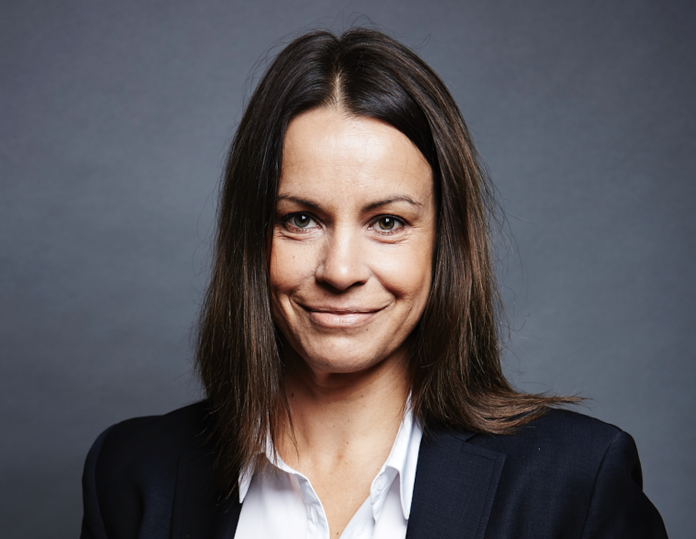
Media Release by Engineers Australia
With Australia in the grip of its worst-ever engineering skills shortage, first-of-its-kind research by Engineers Australia reveals the reasons women aren’t entering the profession – and what needs to happen to change that.
Shock findings from the Women in Engineering Report show that the biggest reason girls don’t choose to study engineering is that they simply don’t know what engineering is, and what engineers do.
With the new Labor Government committing to both a strong women’s agenda and addressing our skills crisis, Engineers Australia Chief Engineer Jane MacMaster says these findings are a clarion call for swift political action to stem the gender imbalance and, drive a new generation of women engineers
“Women make up 48% per cent of Australia’s workforce, yet account for just 13% per cent of the nation’s working engineers. Women are missing in action from the profession and this research tells us what we can do to change that.”
Of the 1,400 respondents, a whopping 90% of women in non-engineering fields did not consider it as a valid career option. Other barriers include the perception of engineering as too ‘male-dominated’, challenging or boring; and girls not feeling supported to do well in STEM subjects from as early as primary school.
With the research also revealing more than 90 per cent of girls at least partially committed to a field of study before year 11, MacMaster says we now have proof that early intervention and education are the key.
“We need to target four main groups: schoolchildren, their parents, their teachers and careers advisors. If parents aren’t aware of the breadth of opportunities in engineering, they’re less likely to make their kids aware of it.”
Australian Government Women in STEM Ambassador Lisa Harvey-Smith says attracting women to engineering is critical to meeting the engineering needs of our booming economy.
“It makes no sense to ignore 51% of our population in the design and construction of our infrastructure and technologies. Australia needs to seize this opportunity, with efforts needed in explaining the positive outcomes of engineering better so that more women want to train as engineers, but most crucially in improving the culture and work practices of the industry so that they want to stay.”
Key Research findings
- Lack of familiarity is the single top stated reason for never considering engineering
- 90% of women in non-engineering fields either briefly or never considered engineering
- Concerns around not enjoying or being good enough at maths and physics are also prominent
- Most common female perceptions of engineering are ‘male dominated’ and ‘challenging’
Women are less likely to associate engineering with positive attributes such as ‘respected’, ‘impactful’, ‘creative’, ‘fulfilling’ and ‘exciting’. - There is a strong correlation between familiarity with engineering and consideration of study 65% who were familiar considered studying it compared to only 11% that were not at all familiar.
- Solutions:
To get more young girls into engineering, we need to address their key drivers – around fulfilling work that matches their personality and interests - There is a perception that girls must excel in STEM subjects, not merely do well in them, to get into engineering
- Early intervention and education are key – starting with primary school and into junior high school
- Engineers (women and men) see value in more exposure and promotion of the profession early.
Image Supplied: www.engineersaustralia.org.au













